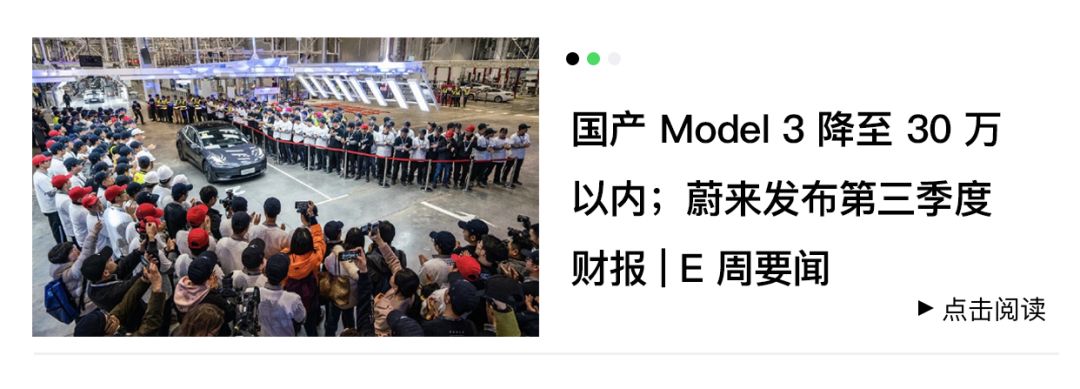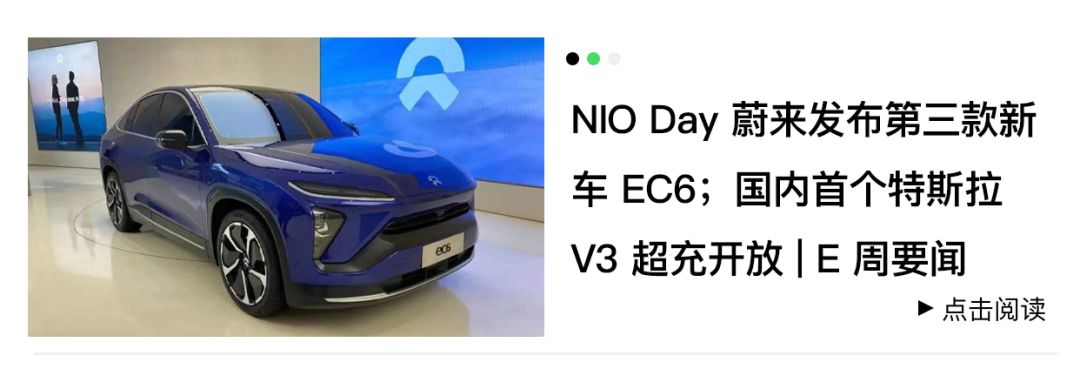PART 1 Weekly Index
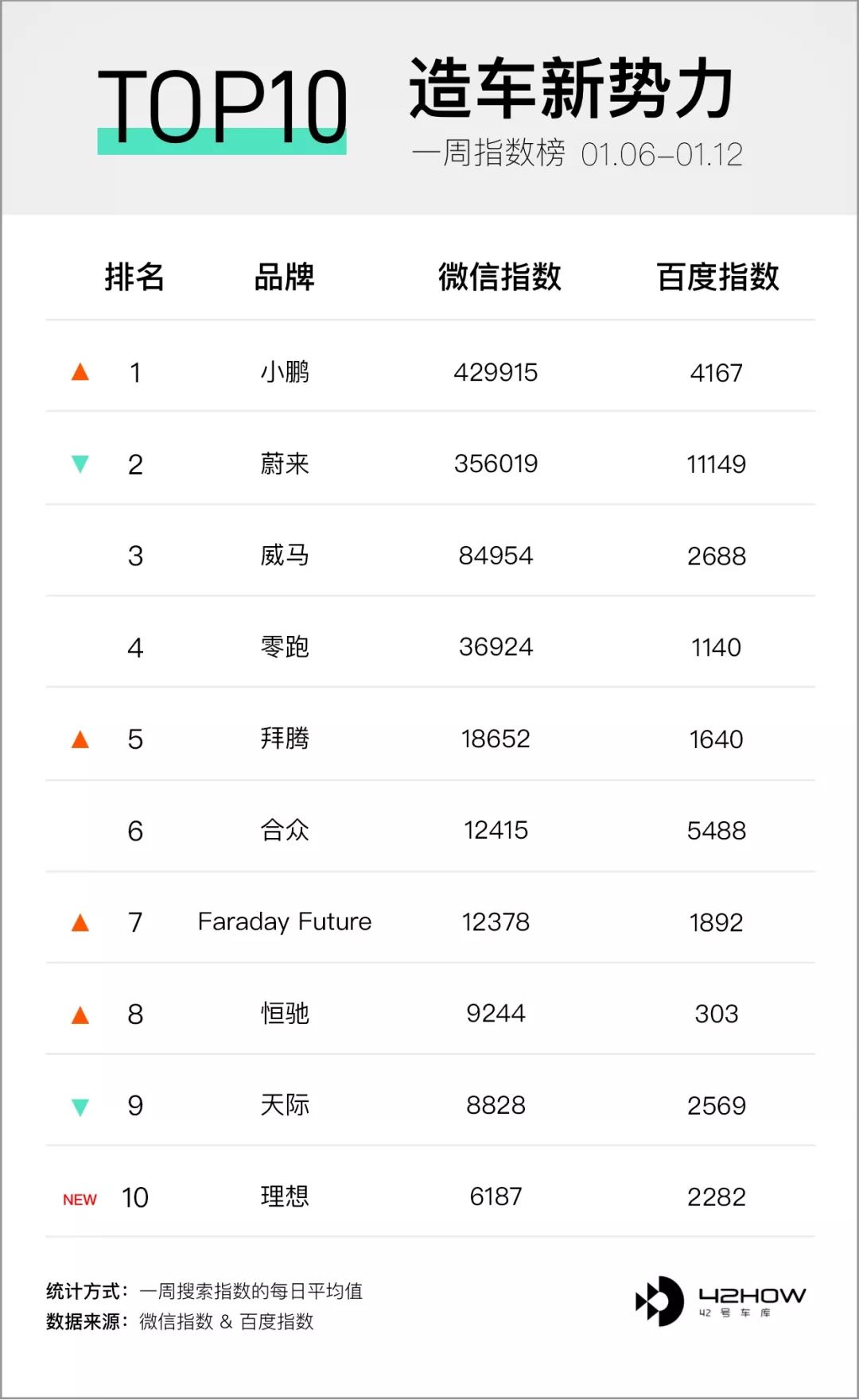
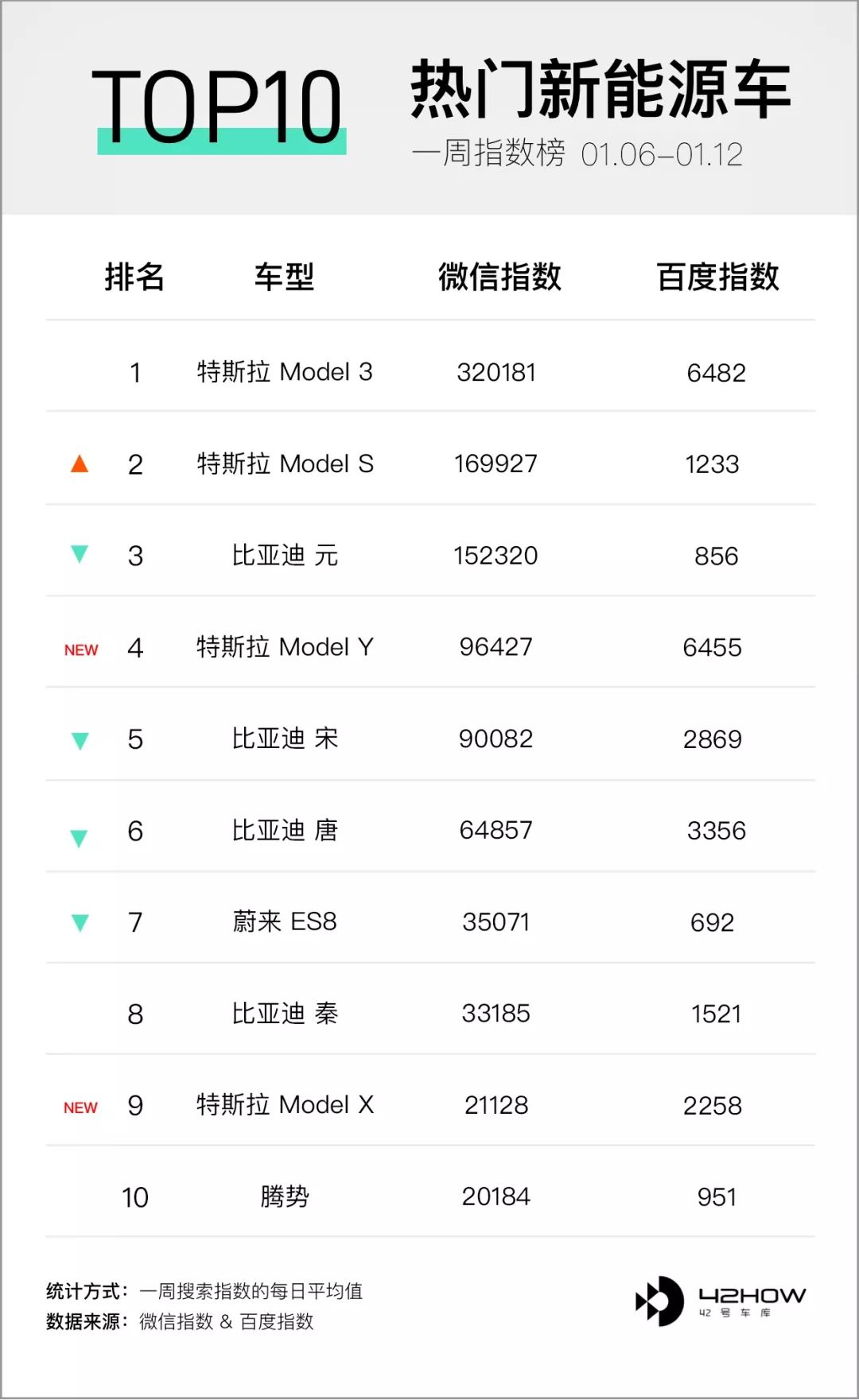
PART 2 Weekly News
① The subsidy for new energy vehicles in 2020 will not drop significantly
On the afternoon of January 11th, at the China Electric Vehicle 100-People Forum, Minister Miao Xu stated that “the subsidy for new energy vehicles will not further decline on July 1, 2020.” This statement has shaken the entire new energy vehicle industry.
After the event, when asked by reporters, “At today’s China Electric Vehicle 100-People Forum, Minister Miao Xu stated that the subsidy for new energy vehicles will not further decline on July 1, 2020. Can you explain this in detail?”
The relevant person in charge of the Department of Industry and Information Technology answered, “During the forum, many companies asked whether the financial subsidy around July 1 this year will still decline like last year, and whether it will completely withdraw at the end of the year. In response to this issue, which is widely concerned by the industry, Minister Miao Xu made a response at the meeting. In order to stabilize market expectations and ensure the healthy and sustainable development of the industry, the subsidy policy for new energy vehicles this year will remain relatively stable and will not drop significantly. We hope that companies in the industry will strengthen their confidence in development, increase their innovation efforts, improve product quality, strengthen market development, and jointly promote the high-quality development of China’s new energy vehicle industry.”
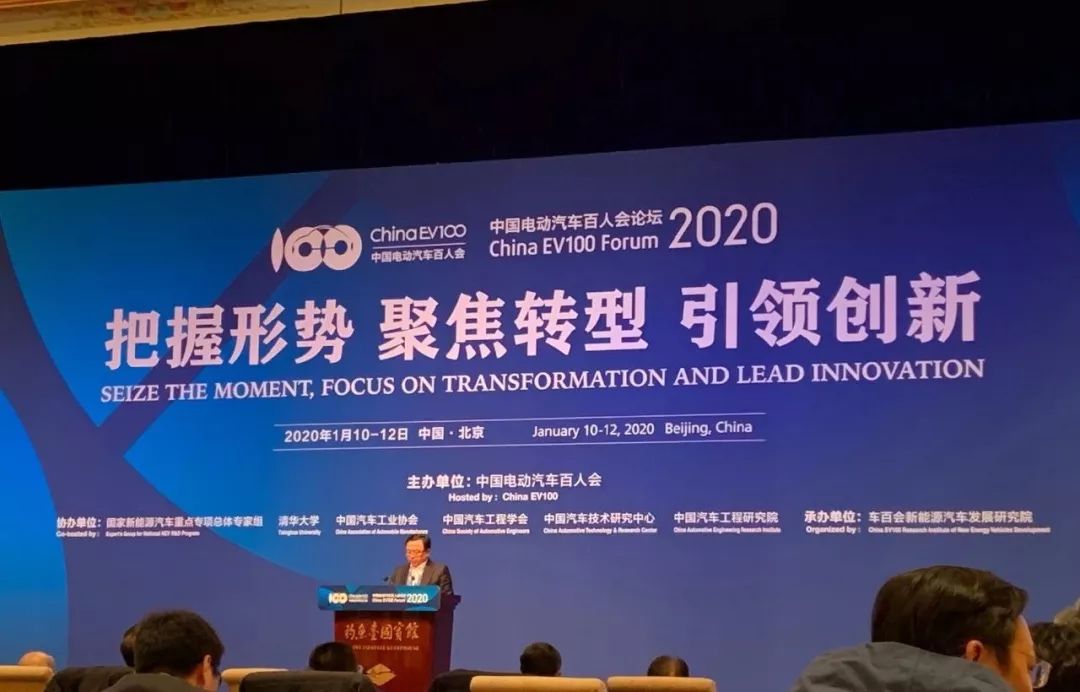
Quick comment: After the subsidy for new energy vehicles was reduced in 2019, sales declined for five consecutive months, and the auto market suffered an unprecedented blow. The entire industry was filled with pessimism. In my circle of friends, sales of brands such as XPeng and NIO have announced countdowns to the subsidy and warned of another slide in 2020.
After the announcement at the 100-People Forum, it can be said that it has given car companies a reassuring pill, and now the main concern is how to make good products. 2020 has arrived and a new round of competition is about to begin. There is much more space for major car companies to show their strengths, and it remains to be seen who can win in the end.②
Sony Releases New Car Vision-S
At this year’s CES, Sony released an electric concept car called Vision-S. The car was developed by Sony and many other manufacturers, including Nvidia, Qualcomm, ZF Friedrichshafen, Bosch, BlackBerry, and Magna. According to The Verge, Vision-S has 33 different sensors inside and out (including CMOS and ToF) and is also equipped with 360 Reality Audio speakers.
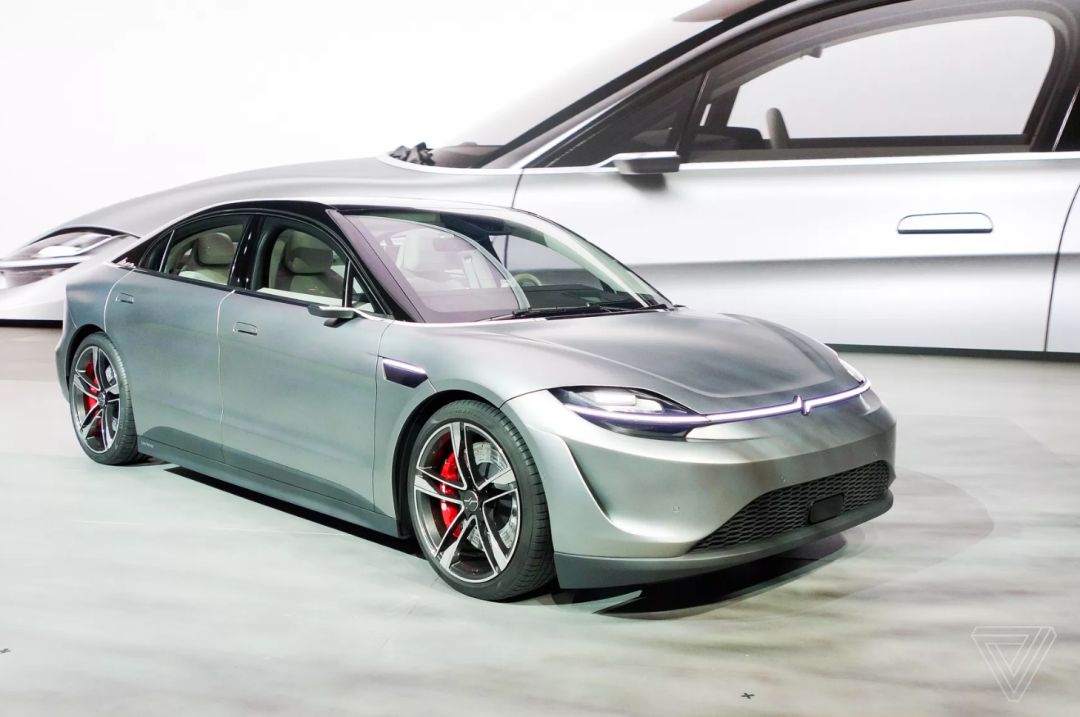
According to official website, Vision-S has a length, width, and height of 489519001450 mm, and a wheelbase of 3000 mm. In terms of power, it will be equipped with two 200 kW motors and four-wheel drive. The 0-100 km/h acceleration time is 4.8 seconds, the maximum speed is 240 km/h, and the total weight of the vehicle is 2350 kg.
Quick Comment: After Sony’s Vision-S was released, it caused a lot of discussion in the automotive and technology circles. From the current situation of the Japanese market, Toyota mainly focuses on hybrid models in the field of new energy vehicles; Honda launched Honda e only to comply with emissions regulations. Although Nissan attaches more importance to new energy vehicle models, the competitive advantage of its flagship model LEAF has begun to emerge. It has become a problem for Nissan to develop towards intelligence.
Against this background, Sony’s move in the field of new energy vehicles has some feasibility. Even if Sony cannot produce a car, the demand for ADAS hardware and in-car entertainment components is increasing rapidly. Sony has also demonstrated the advantages of these two aspects in Vision-S. If it strengthens these two points in the future, it will not suffer any loss.
③ NIO Sets a New Record for Car Deliveries in December 2019
On January 6, NIO officially announced the total number of car deliveries for December 2019 and for the whole year of 2019. NIO delivered 3170 new cars in December 2019, an increase of 25% compared to the previous month, setting a new record for the year 2019.“`markdown
NIO delivered a total of 20565 vehicles in 2019, with 9132 vehicles of ES8 and 11433 vehicles of ES6. Between 2018 and 2019, NIO has delivered a total of 31913 vehicles, including 20480 ES8 and 11433 ES6.
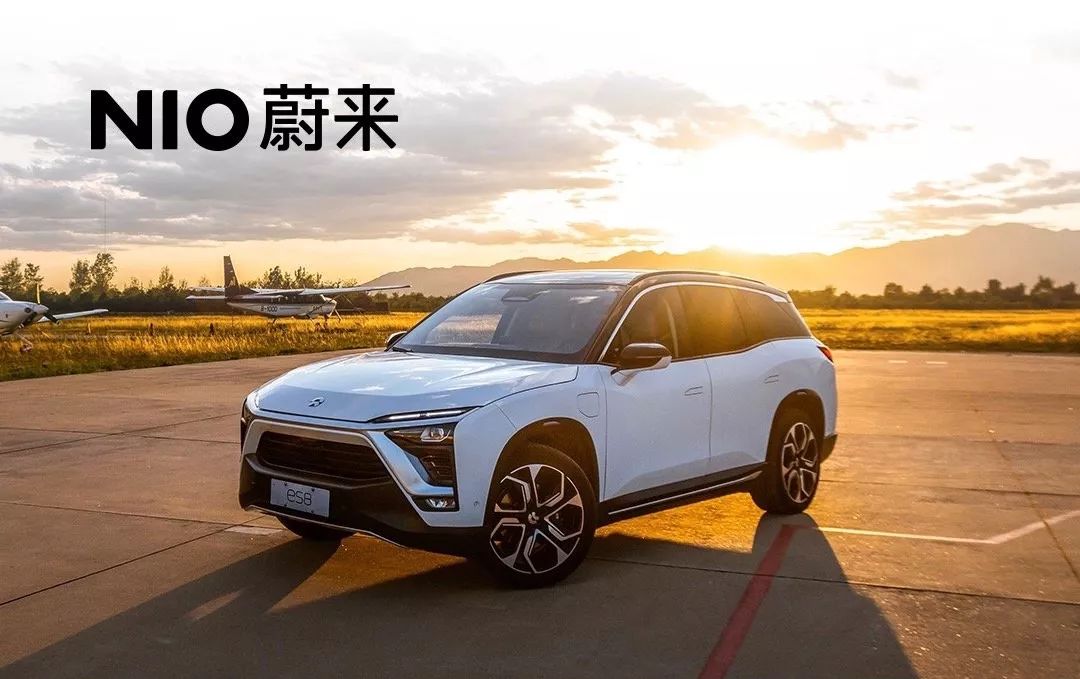
Quick review: In December 2019, ES6 remained the major sales of NIO. According to the retail data from the China Automotive Information Net, the insurance registration number of ES6 in December was 2547, which once again proved the success of this model. Besides, ES6 ranked 10th in the mainstream luxury mid-size SUVs based on the insurance registration numbers. Let’s wait and see if ES6 can achieve greater success in the new year.
④ Chinese-made Tesla Model 3 delivered to the public
On January 7th, Tesla’s Chinese-made Model 3 was officially delivered to the public. During the ceremony, 10 car owners received the keys from Elon Musk and the joyful CEO even danced at the scene. Within merely a year, the Tesla Shanghai super factory has achieved the milestone of completing from construction to production delivery, setting a new industry record with “Chinese speed.” Elon Musk also expressed that “without the Chinese government, there would not be the current super factory”. Apart from the Chinese-made Model 3 delivered to the public, the Chinese-made Model Y project has also officially started.
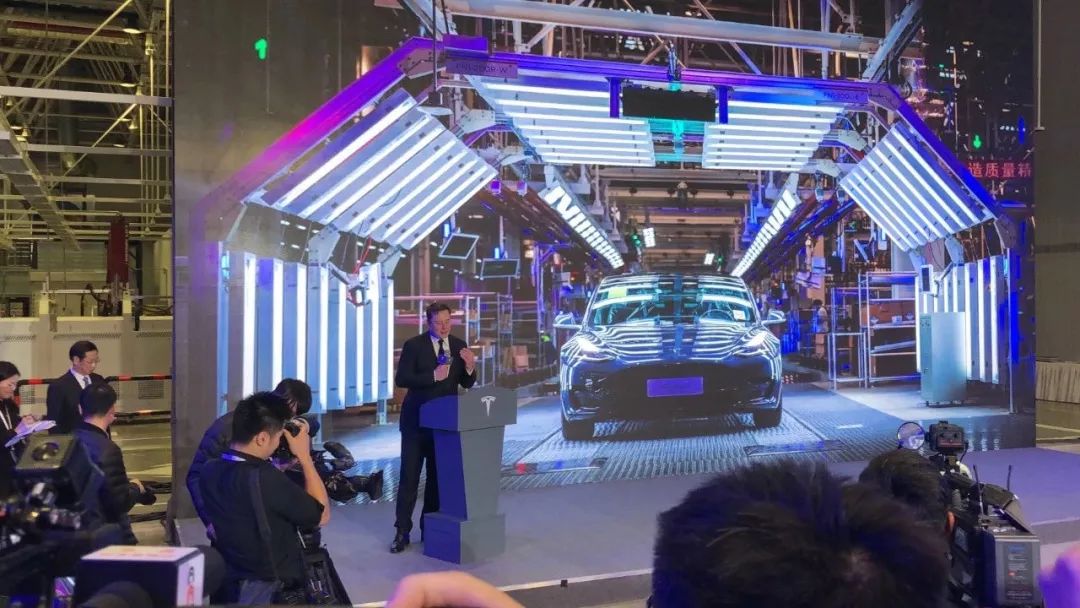
Quick review: January 7th, 2020 was a historic day for Tesla and a historic year. Chinese-made Tesla has taken an important step in China, officially starting the journey of overturning the traditional Chinese automotive market.
“`>Looking at the domestic Model 3, with a price tag under 300,000 yuan, it means that it will compete with traditional luxury brands such as BBA. Would you firmly choose the BMW 3 Series, Audi A4L, or Mercedes-Benz C-Class in the same class compared to the domestic Model 3? You may not have even thought about it before, but now most people are likely to make a comparison. If it were up to you, how would you choose?
On January 8th, Geely and Mercedes-Benz officially established Smart brand global joint venture company – Smart Automobile Co., Ltd., with its global headquarters located in Ningbo Hangzhou Bay New Zone in China and marketing centers established in China and Germany respectively. The registered capital is 5.4 billion yuan, with both parties contributing 2.7 billion yuan. Mercedes-Benz AG mainly contributed to the corresponding shares in the form of Smart brand capital.
The two parties will play a synergistic role in research and development, manufacturing, and supply chain fields, dedicated to making Smart a high-end electric intelligent automotive brand. The new generation of pure electric Smart is designed by Mercedes-Benz, while Geely is responsible for engineering R&D. The new car will be produced in a new factory in China and will be released in 2022 and sold worldwide.
In addition, at the 2019 Frankfurt Motor Show, Smart officially released two new models, the smart EQ fortwo and smart EQ forfour. Both new cars are equipped with a power battery pack with a capacity of 17.6 kWh and an NEDC cruising range of 159 km. In terms of power, both cars are equipped with a permanent magnet synchronous electric motor with a maximum power of 60 kW and a peak torque of 160 N·m.
Fast Comment: The establishment of Smart Automobile Co., Ltd. signifies that the Smart brand is about to be domestically produced. Judging from the two fuel models currently sold by Smart in China, the price range is approximately between 120,000 yuan and 200,000 yuan. If the new generation of pure electric Smart is domestically produced, it may be possible to drop to a price range below 100,000 yuan, and the sales volume of pure electric mini cars under 100,000 yuan is also considerable. If that’s really the case, then the pure electric Smart still has a lot of potential.
However, isn’t it a bit embarrassing that the new pure electric Smart has only a range of 159 km? After all, the range of the TQi electric tricycle released by Segway-Ninebot at CES is up to 200 km.
written and edited by Junmeng
“`markdown
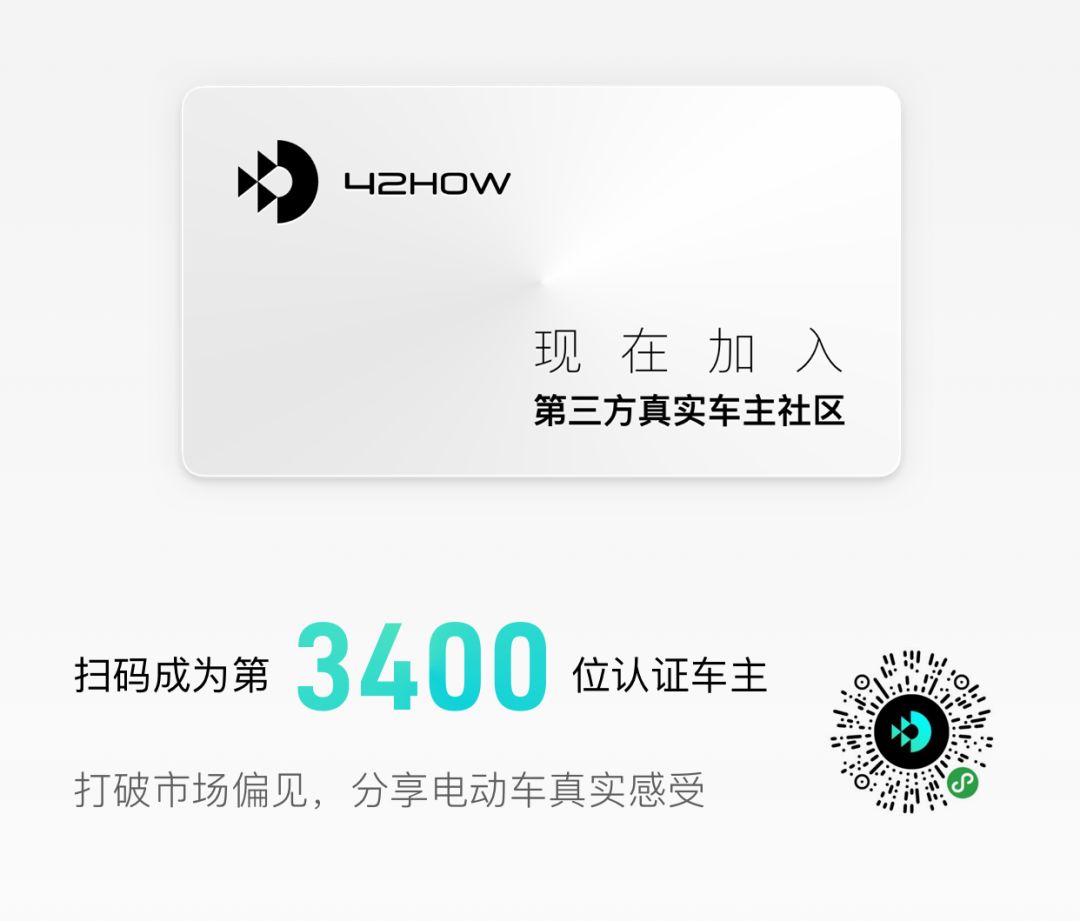
“`
This article is a translation by ChatGPT of a Chinese report from 42HOW. If you have any questions about it, please email bd@42how.com.


